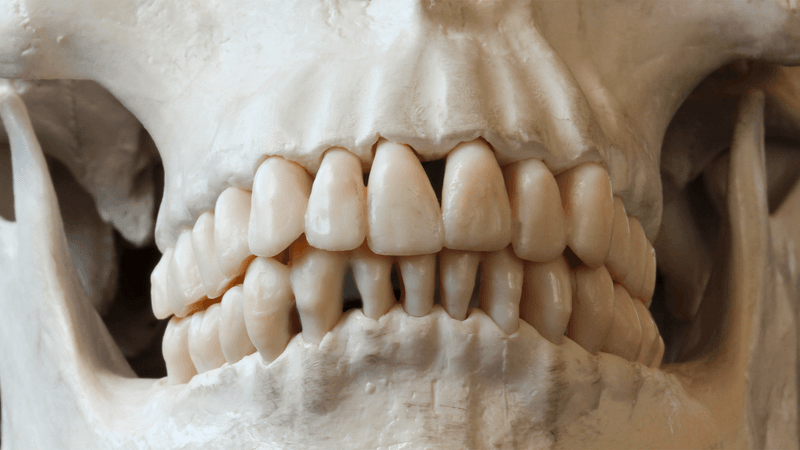Researchers Discover 4,000-Year-Old Plague DNA in Ancient British Teeth
Date: May 30, 2023
Scientists at the Francis Crick Institute have made a groundbreaking discovery, identifying traces of Yersinia pestis, the bacteria responsible for the plague, in 4,000-year-old human teeth. This finding, reported in a recent paper published in Nature Communications, represents the earliest evidence of the plague in Britain to date.

In collaboration with the University of Oxford, the Levens Local History Group, and the Wells and Mendip Museum, the research team examined human remains from two locations: a mass burial site in Charterhouse Warren, Somerset, and a ring cairn monument in Levens, Cumbria. By extracting dental pulp from the teeth of 34 individuals, the researchers were able to detect the presence of Yersinia pestis using specialized techniques in a clean room facility.
Genetic analysis revealed three cases of Yersinia pestis infection in two children aged between 10-12 years old at the time of their deaths, and one woman aged between 35-45. Radiocarbon dating indicated that these individuals likely lived during the same era.
While the plague has been previously identified in individuals across Eurasia during the Late Neolithic and Bronze Age period (5,000-2,500 years BP), this is the first evidence of its presence in Britain during that time. The wide geographical distribution suggests that this particular strain, known as the LNBA lineage, may have been easily transmitted.
The LNBA lineage is believed to have been introduced to Central and Western Europe approximately 4,800 years ago as humans expanded into Eurasia. This new research suggests that the lineage also reached Britain.
Using genome sequencing, the researchers found that the Yersinia pestis strain from the ancient British teeth closely resembled strains identified in Eurasia during the same period.
Interestingly, the genomes of these ancient strains were missing the yapC and ymt genes, which are present in later plague strains associated with flea-borne transmission. This indicates that this specific strain may not have relied on fleas for transmission, unlike the strain responsible for the Black Death.
While it is likely that other individuals at the burial sites were also infected with the same strain of plague, the fast degradation of pathogenic DNA in ancient samples makes it difficult to confirm.
The Charterhouse Warren site stands out as the burial practices there differ from other sites of the same period. The researchers speculate that the mass burial may not have been a result of a plague outbreak but rather that infected individuals were buried together.
Pooja Swali, the first author and a PhD student at the Crick, expressed her awe at the ability to detect ancient pathogens from degraded samples thousands of years old. Swali noted that these ancient genomes provide valuable insights into the spread and evolution of pathogens, shedding light on the genes that may play a crucial role in the transmission of infectious diseases.
Pontus Skoglund, group leader of the Ancient Genomics Laboratory at the Crick, emphasized that this research adds another piece to the puzzle of our understanding of the ancient relationship between pathogens and humans. He stated that while we are aware of the significant impact of historical plague outbreaks, such as the Black Death, ancient DNA allows us to trace infectious diseases even further back in time. Skoglund believes that further research will uncover how our genomes responded to ancient diseases and the evolutionary dynamics between humans and pathogens, ultimately aiding our understanding of the impact of diseases in the past, present, and future.
Reference: Swali, P., Schulting, R., Gilardet, A. et al. "Yersinia pestis genomes reveal plague in Britain 4000 years ago." Nat Commun. 14, 2930 (2023). https://doi.org/10.1038/s41467-023-38393-w.




















Comments